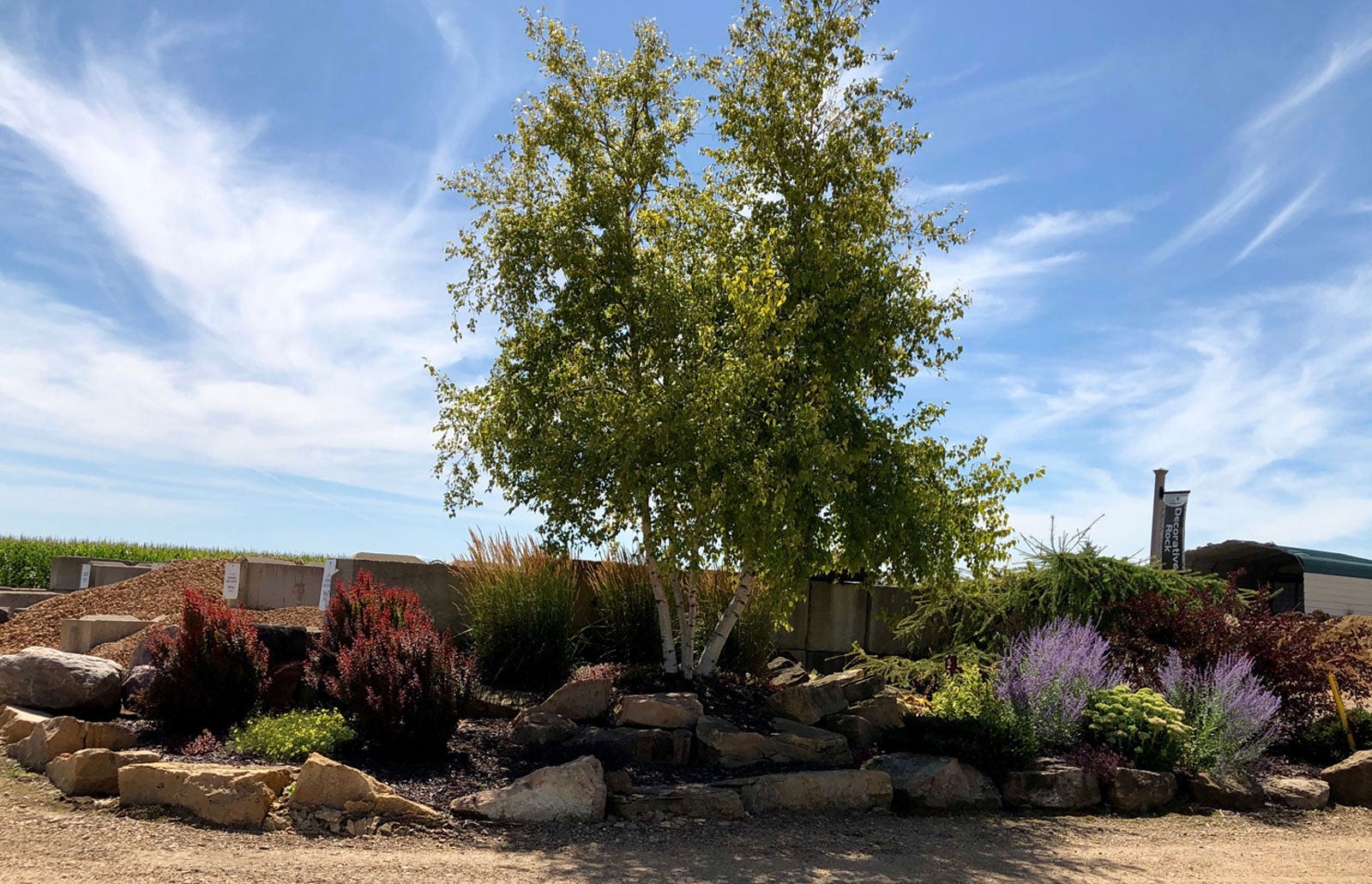Best Berm Locations: Where To Put A Berm In The Landscape


Berms are mounds or hills you create in a garden, kind of like raised bed without walls. They serve many purposes from aesthetic to practical. In addition to looking attractive, they can be used to direct foot traffic, assist with drainage, and also block unsightly views. Siting a berm is very important, so you’ll want to read up about the logistics for berm placement before you begin.
Where to Put a Berm in the Landscape
Berms are mounds created by gardeners in a landscape. Sometimes called “earthworks,” they can serve practical or aesthetic ends. The best berm placement often depends on the purpose you want the particular berm to serve. For example, a berm that is intended to block the view of a compost pile must be located near that area. It’s also important to make sure you have enough room to construct a berm. While berms can be built in a straight, narrow form like a wall, they often look contrived. Ideally, berms should be sinuous, irregular, and natural looking, although they can look and work efficiently as borders in areas near fencing and the like where straight edges may be necessary. According to landscape specialists, berms that are irregular in size and shape look more natural than those that are symmetrical. Siting a berm around other garden elements can also help make it fit smoothly into the garden. All garden elements should blend in and enhance the overall design.
Ideal Berm Locations and Construction
One thing to consider when you are deciding on berm locations is the slope of the mound. Berms on which plants are to be located must have gentle enough slopes to allow them to thrive. This also prevents erosion problems. To determine the slope of a berm, consider the height, meaning the horizontal distance up one side to reach the peak point. Take the same measurement on the other side, then add the area at the flattened top of the berm. This calculation helps you figure out where to put a berm, and whether the chosen spots for berms are sufficiently ample. In general, when siting a berm, remember that it should be 4 to 6 times longer than it is wide. Also, keep in mind that experts recommend a maximum berm height of 18 to 24 inches (45.5-61 cm.). But aesthetics are only one element of determining spots for berms. You also have to keep garden drainage in mind. Most important, you have to understand why you are building a berm and what purposes it will serve. One popular way to use berms is to force water to flow away from your home when you live near a creek or canal. Be sure to review this drainage element if you are about to add a new berm to your landscape. Likewise, review your major trees and shrubs before siting a berm near them. You should never change the grade of soil within the drip line of any tree or big shrub. And take care that the berm location doesn’t impede water that has previously gone to the tree’s roots. On the other hand, berms can be used to bring more water to a tree. Many gardeners use circular berms to create irrigation “basins” around trees and shrubs. We often get asked if it’s okay to put a berm on top of asphalt or concrete. Berms built on cement may alter the drainage in the yard in ways you do not like or want. Cement and other hard surfaces do not allow water to pass. That means that when a berm is built on cement, water won’t sink into the soil past the cement. During rain storms, the entire berm may become unstable and erode.
Gardening tips, videos, info and more delivered right to your inbox!
Sign up for the Gardening Know How newsletter today and receive a free copy of our e-book "How to Grow Delicious Tomatoes".

Teo Spengler is a master gardener and a docent at the San Francisco Botanical Garden, where she hosts public tours. She has studied horticulture and written about nature, trees, plants, and gardening for more than two decades. Her extended family includes some 30 houseplants and hundreds of outdoor plants, including 250 trees, which are her main passion. Spengler currently splits her life between San Francisco and the French Basque Country, though she was raised in Alaska, giving her experience of gardening in a range of climates.